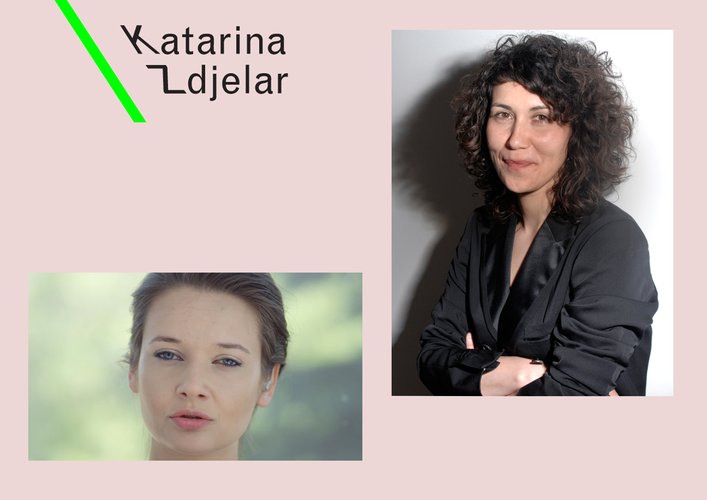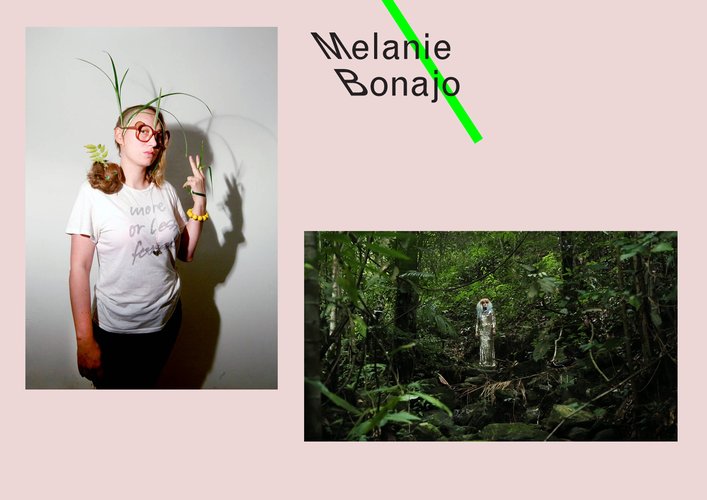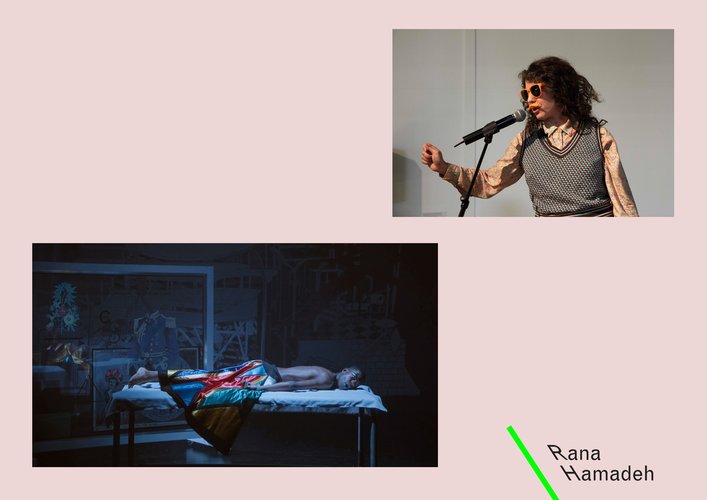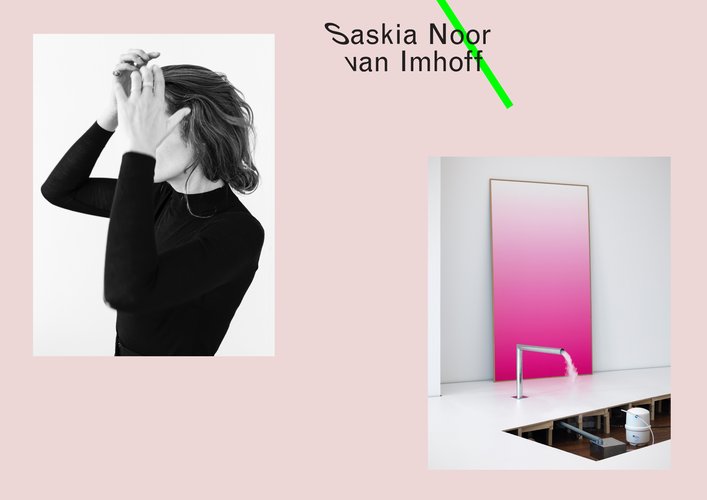Criteria such as an innovative attitude, the work’s intrinsic complexity and potential for further artistic development all played an important role in the selection process. From 2 December new work by these four artists will be shown at the Kunsthal Rotterdam. The winner Prix de Rome Fine Art 2017 will be chosen on the basis of the new work and will officially be announced on Friday, 15 December. The winning artist will be presented with a € 40,000 cash prize and a work period at the American Academy in Rome. A publication produced by nai010 will accompany the exhibition. The Prix de Rome is the oldest and most generous award for visual artists under the age of 40 in the Netherlands. The purpose of the award is to track down talented visual artists and promote their further development and visibility. In 2009, the Kunsthal presented a large retrospective exhibition entitled ‘200 years Prix de Rome’. Since 2012, the award is organised and funded by the Mondriaan Fund.
ABOUT THE ARTISTS
Melanie Bonajo (Heerlen,1978) lives and works in Amsterdam. She studied at the Rietveld Academy and was a resident at the Rijksakademie in Amsterdam and the ISCP in New York. For Prix the Rome she continues to work on the second part of her trilogy, Progress vs. Sunsets (2017), that she has developed for the 2017 Prix de Rome. Contrary to more traditional nature documentaries, Bonajo intends to show how our relation to nature has changed through the popularity of amateur videos in which animals have become actors of human imagination. She does this by watching the films through the eyes of children. Her new film indirectly raises the issue of animal rights in relation to biodiversity, capitalism, increasing urbanization and the western rationalist tradition. In the near future, will children react against adults, and form a separatist movement to start their own society?
Rana Hamadeh (Beirut/Libanon, 1983) (Beirut/Lebanon, 1983) lives and works in Rotterdam. She received her MFA from the Dutch Art Institute/ArtEZ in Enschede. She develops longstanding discursive projects, such as her large-scale opera project The Ten Murders of Josephine. The first part of the opera can be regarded as a living, constantly changing sound game and is on show at Witte de With Center for Contemporary Art in Rotterdam. Leaning heavily on the genre of legal spectacle, and on Hamadeh’s earlier work on the relationships between justice and theatre, The Ten Murders of Josephine explores the constitutive conditions of ‘validity’ within legal discourse. Among other things it raises the following questions: How can one testify, in the present, to what has been erased by colonial, racial and patriarchal violence? And can testimony itself operate outside the violent logics of erasure that constitute legal language?’ In response to these questions, Hamadeh’s opera can be understood as a cacophonous monument to absent, erased and mad speech; to all that is unmarked and unmarkable; unspoken and unspeakable. The work that Hamadeh is developing for the Prix de Rome will be an act of the opera, which will be performed as a whole on 14 and 15 December at Schouwburg Rotterdam.
Saskia Noor van Imhoff (Mission/Canada, 1982), lives and works in Amsterdam. She studied at the Rietveld Academy and was a resident at De Ateliers and Kunstlerhaus Bethanien in Berlin. Her fascination with the systems of exhibiting, archiving and conserving art objects gives rise to layered installations. Van Imhoff takes the arrangements that art institutions apply to their collection, the context that determines the value and truth of an object, and the architecture that forms part of this narrative, and uses these for her own associative reading of new connections between art and the everyday. Her installations are built up from a rich diversity of original and found objects, artworks created by herself and others, texts, diagrams, an archive of images found online, and the documentation of previous exhibitions.
In her installation for the Prix de Rome, #+31.00, Van Imhoff investigates how a space may serve as an artificial showcase in which various subjects are connected to each other in an associative way, so as to form a new meaning. The showcase does not just literally serve as form, but as a time interval that can be connected to a personal, mental and physical state. Objects in a showcase are presented as static, as if in a vacuum; in a similar way, we attempt to smooth down and conserve ourselves. In #+31.00, Van Imhoff asks herself where something begins. Doesn’t the dissection of a subdued system in itself create a new construction? How do invisible, immaterial and associative properties of a space define our understanding of our surroundings?
Katarina Zdjelar (Belgrade/ SFRY, 1979) lives and works in Rotterdam. She studied at the Piet Zwart Instituut, Rotterdam, among other academies. In her videos, audio works and other projects, she explores how people perform and reinvent their own identities, using language, their voice and bodily gestures to move within and between cultures and societies. Her new film for the Prix de Rome is inspired by archival documents from a dance studio founded in 1945 in post-war Dresden, whose choreographies echoed the graphic works of artist Käthe Kollwitz. The artistic meeting between Kollwitz and the founder of this studio, alongside their political and social affinities form the departure point for Zdjelar’s new work for the Prix de Rome. Folding the past into the present, Zdjelar’s film engages with acts of maternal (proto) feminist pacifism, solidarity and collective transformation across the barriers of time, class and social difference. The result is a film in which the body becomes a site of resistance and possibility. Moving seamlessly between natural and staged actions and personae, Zdjelar’s films oscillate between artifice and reality, calling us to witness the ambiguity, struggle and beauty of human experience.
PUBLICATON
The exhibition will be accompanied by a publication featuring the work of the nominated artists. It also contains texts by Maria Barnas, Julia Mullié and Laurens Otto and is released by nai010 publishers.
ABOUT THE PRIX DE ROME
The Prix de Rome is the oldest and most generous award for visual artists under the age of 40 in the Netherlands. The purpose of the award is to track down talented visual artists and promote their further development and visibility. Since 2012, the award is organised and funded by the Mondriaan Fund.
More info
Press
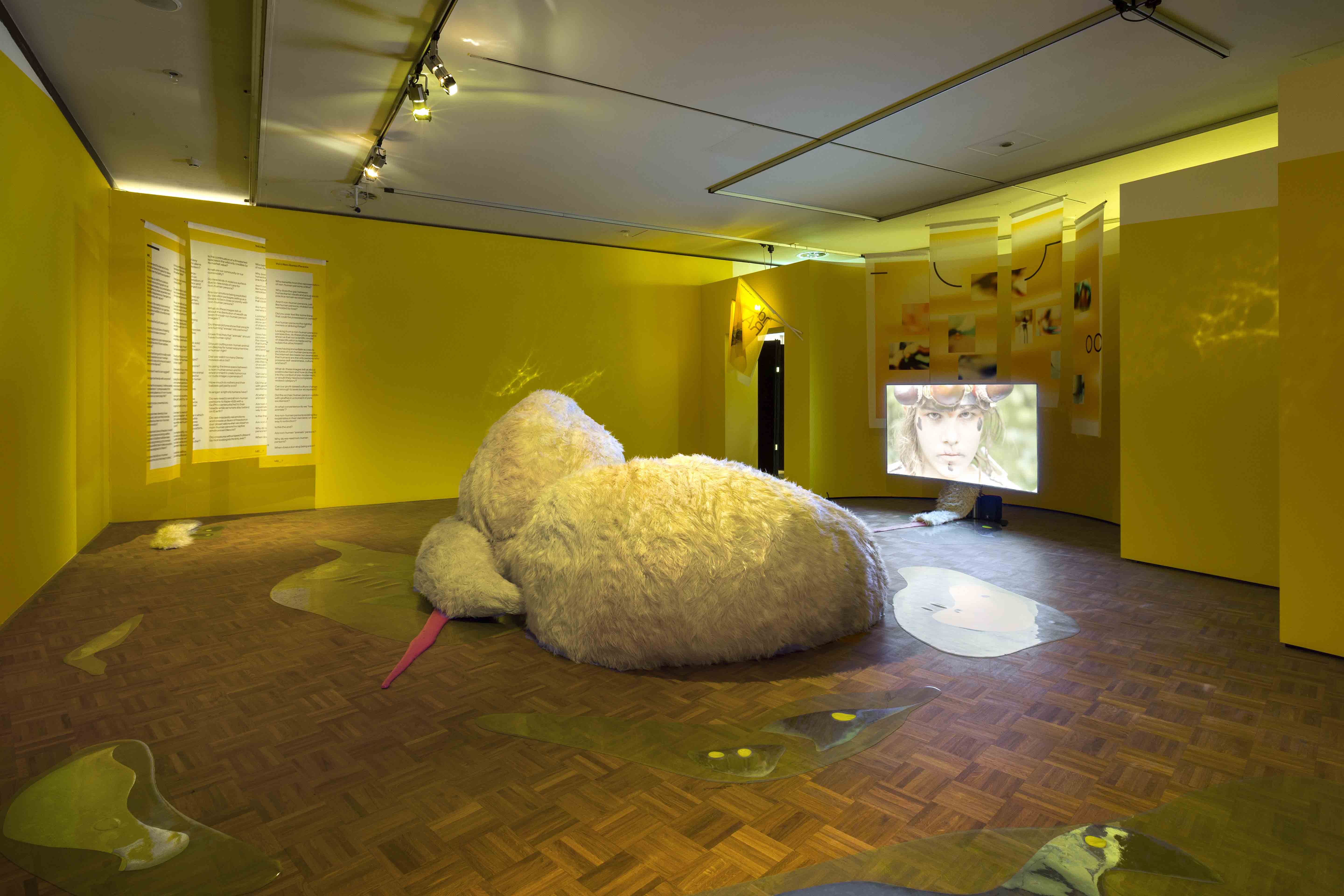
![Rana Hamadeh, The Ten Murders of Josephine [The Tongue Twister]. Movement from the Opera, The Ten Murders of Josephine, Act III. 8-Channel Sound installation with Disklavier & Telephone. Installation view. Photo: Daniel Nicolas PrixdeRome2017-Rana Hamadeh-1709.jpg](/media/filer_public_thumbnails/filer_public/a3/7f/a37fcc71-e00b-46b8-9691-63d1a21c3c8e/prixderome2017-rana_hamadeh-1709.jpg__5760.0x3840.0_q85_crop_subsampling-2_upscale.jpg)
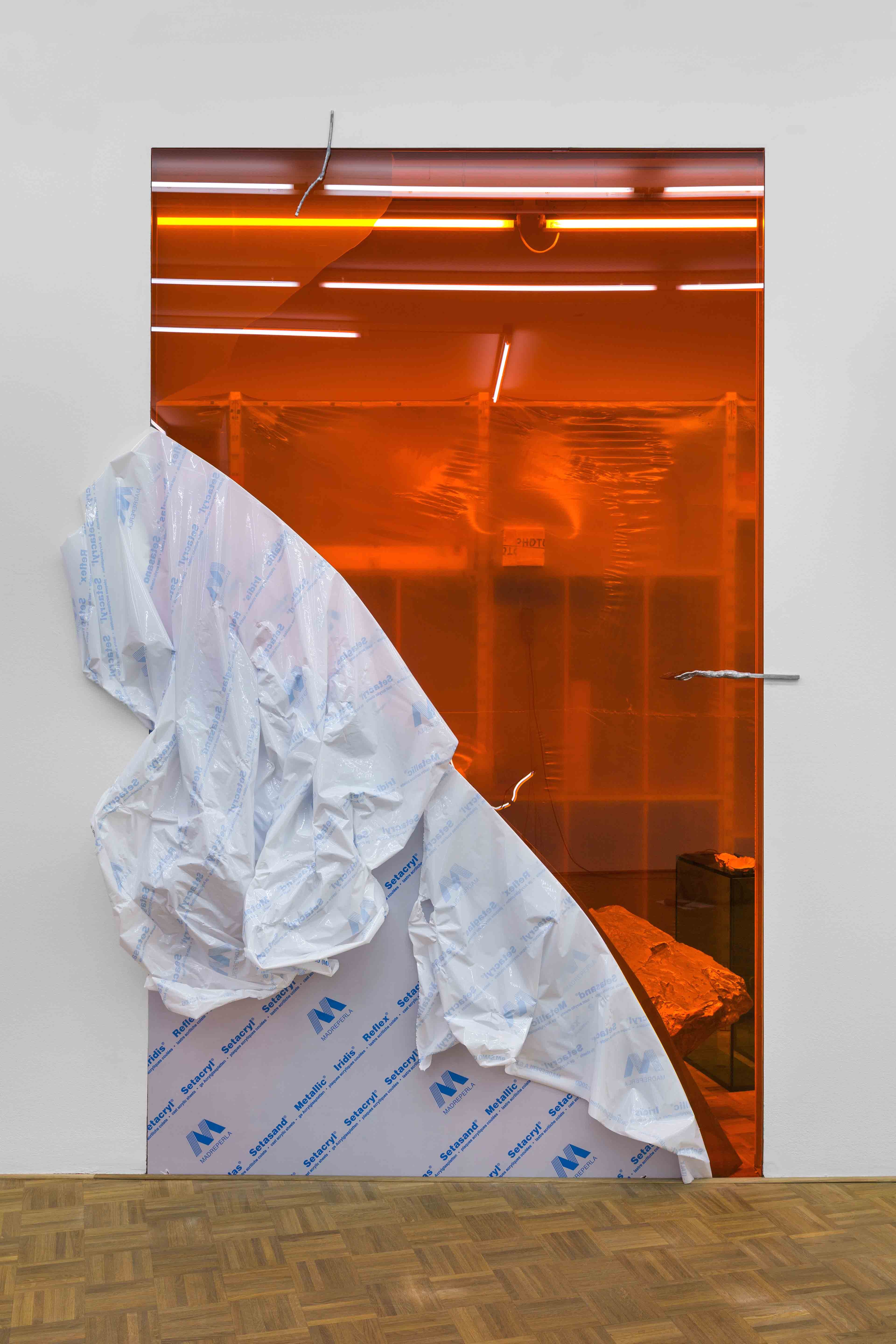
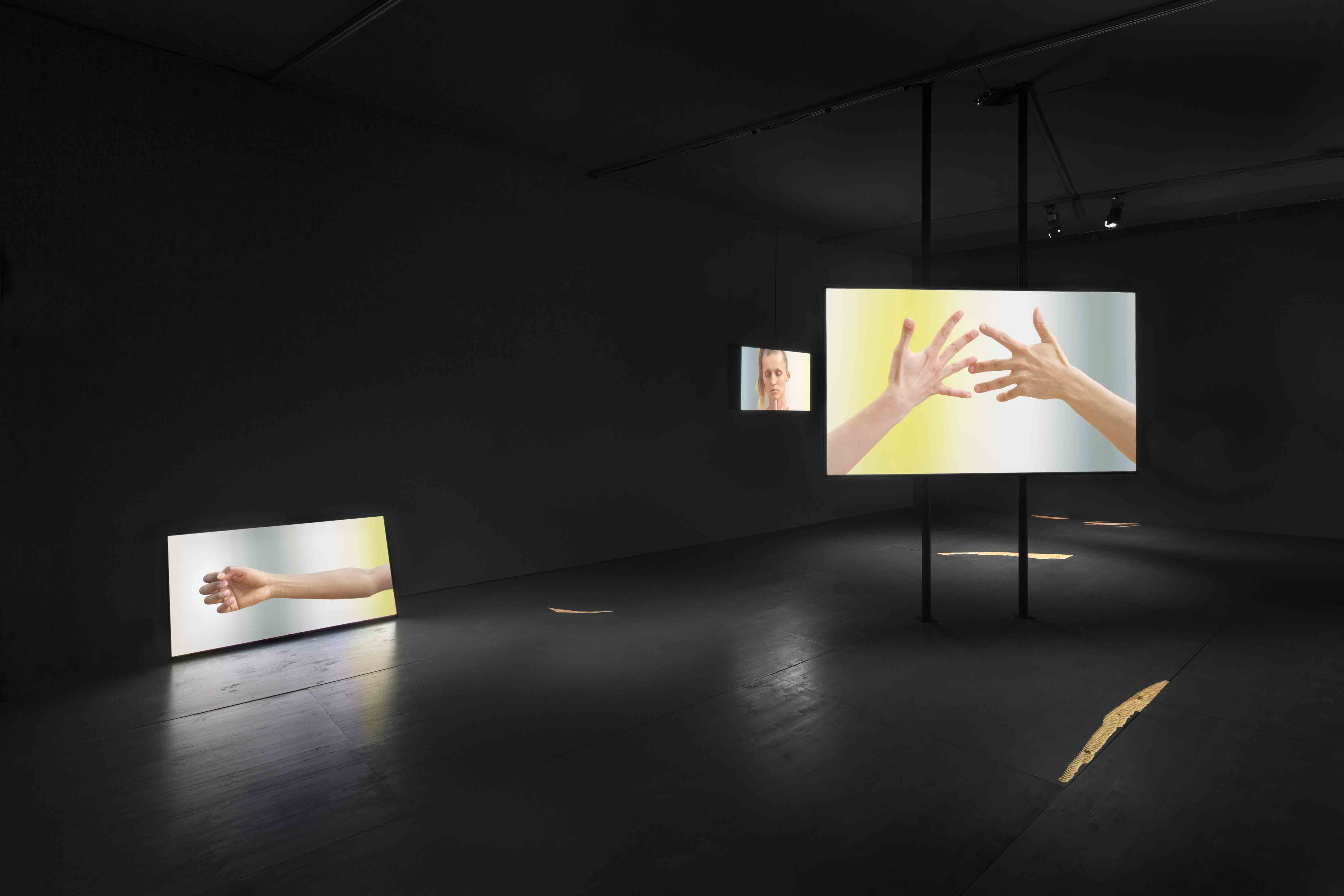
Partners


Mondriaan Fund
The Mondriaan Fund is a publicly financed fund for visual art and cultural heritage. It supports innovative projects and activities by visual artists, intermediaries (curators and critics), museums and other heritage organizations, art institutions, archives, galleries and commissioning parties.


Prix de Rome
prixderome.nl
